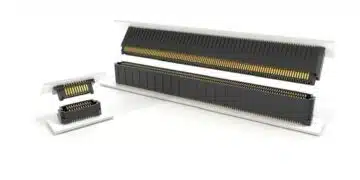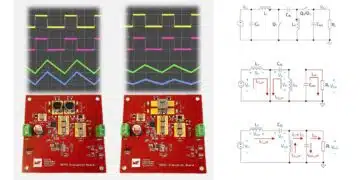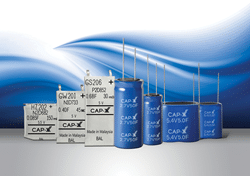source: PR Web news
Sydney, Australia (PRWEB)March 09, 2017. CAP-XX (LSE:CPX), a leading developer of supercapacitors that deliver peak power to support batteries, today launched its first compact cylindrical supercapacitors to provide high performance at low cost for less space-constrained devices. Combining its cylindrical supercapacitors with its existing thin prismatics that address ultra-space-constrained designs, CAP-XX now offers a wide range of small supercapacitors to power IoT industrial and consumer devices, from energy harvesting for wireless sensors to peak power support for wireless transmissions.
The cylindrical line was developed to address a broader range of the market. Anthony Kongats, CAP-XX CEO, explained that customers had been asking for an alternative form factor at a lower price point.
Single-cell (2.7V) or dual-cell (5.4V) cylindrical supercapacitors deliver high peak pulse power and low ESR at a competitive cost, ranging from less than US$0.50 for the smallest devices (one to five Farads) to US$9 for the largest (400 Farads).
The smallest one Farad supercapacitor is 12 millimeters long and comes in two diameters: 6.3 millimeters (400 milliohms) and 8 millimeters (180 milliohms). The largest 400 Farad supercapacitor is 68 millimeters long and 35 millimeters in diameter (3 milliohms). All configurations are outlined in the CAP-XX data sheets: http://www.cap-xx.com\products.
The temperature range is -40°C to +65°C. Assembly is by soldering or welding (ultrasonic, laser or spot), via radial lead, solder pin or tab.
By comparison, CAP-XX’s existing prismatic supercapacitors range from US$1.80 (1.0 millimeters thick, 180 milli-Farads, 40 milliohms) up to US$3.50 (3.5 millimeters thick, 1.2 Farads, 20milliohms) and are available in 2.5V / 70° C to 5.5V / 85° C configurations.
Example applications include:
- Energy harvesting for wireless sensors, wireless HVAC sensors and actuators
- Peak power support for GSM/GSR transmission, locks and actuators, and portable drug delivery systems
- Last gasp power for remote meter status transmission
- Short term bridging power for battery hot swaps
Supercapacitors can handle peak power events, supporting batteries and energy harvesters configured to provide low-power current at maximum efficiency. This architecture allows designers to use smaller, cheaper, low-power batteries and extend their run-time and cycle life, or use intermittent ambient energy sources such as solar photovoltaic. Supercapacitors also enable ultra-quick device charging and wireless power transfer, and provide the backup needed for graceful shutdown and “last gasp” transmissions in mission-critical applications.
Main features:
- High pulse power capability
- Low ESR
- Low leakage current
- Long life (IEC62391)
- Meets environmental standards for disposal and operation (RoHS)
CAP-XX will present its new products at upcoming trade shows, including Embedded World in Nuremburg, 14th – 16th March and MtoM & Objets Connectés in Paris, 19th – 20th March.
Availability:
Samples will be available in March with production scheduled to start in second quarter of 2017.

































